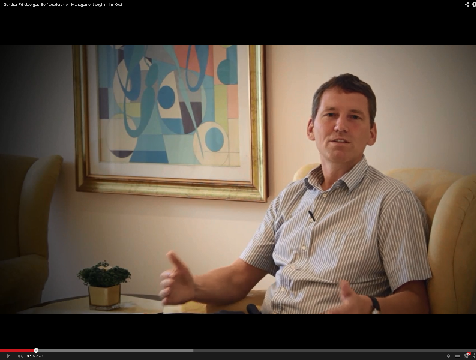In agile desksharing spaces, the hierarchy has further lost in importance due to the choice of seating, and in return self-coordination has gained space. With home office, workplaces have adapted to the World Wide Web. Except perhaps for the speed of Internet access and good hardware, there are hardly any distinguishing features left by which hierarchy could be recognized.
But what concrete changes occure in lateral leadership because of more online collaboration?
About the author
Mag. Gunther Fürstberger is managing director of MDI Management Development International and has dedicated himself for more than 20 years to the topic of leadership and development as a trainer, coach and consultant for large companies from a wide range of industries. Lateral leadership is his area of expertise.
1. Building and expanding trust
For example, start online meetings by taking an interest in others as people before moving on to the agenda. If not already self-evident, work with video to better perceive the emotional expression. If possible, use the opportunity for personal meetings. A two-person walk involves little Covid risk and creates an opportunity for informal exchange.
2. Strive to understand the motivations and interests of employees and share your own intentions and background considerations.
In one-on-one conversations, people are more willing to talk about their motives, fears and hopes. Especially in the less controllable online collaboration, intrinsic motivation plays a greater role. This intrinsic motivation is achievable when the interests of the employee are combined with the concerns of the lateral leader. If both sides are motivated to make their world a little better, then hardly any energy is needed from outside.
3. Find solutions together, which are beneficial for all parties
This is about creativity and a win-win attitude. A win-win partnership generates real commitment.There are also great creativity methods online: e.g. virtual whiteboards that can be used for brainstorming or moderation software such as Teamretro, which enables brainwriting by means of cards, clusters and joint prioritization.


